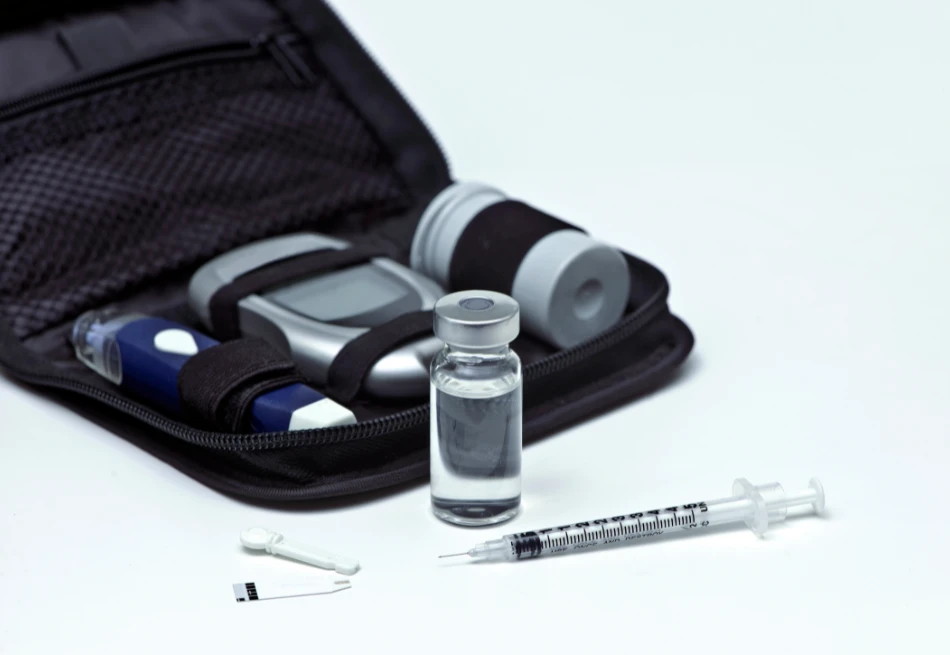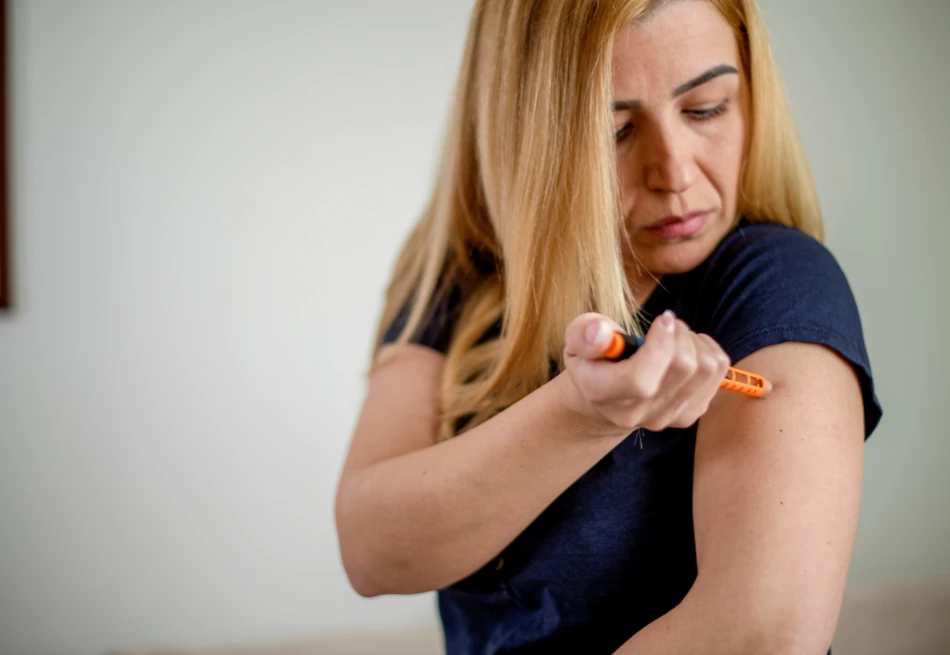Traveling with insulin needs careful planning and preparation, but it does not need to be stressful.
With the right methods, you can keep your insulin safe and effective throughout your journey.
Whether you’re going on a short trip or a long vacation, you should be well-prepared and informed about managing your insulin.
Here’s a comprehensive guide to managing your insulin needs while traveling, ensuring a stress-free and enjoyable trip.
Plan Ahead
Before your vacation, talk to your doctor about your plans.
They can provide you with helpful guidance and make any required adjustments to your insulin dose.
It is also a good idea to get a note from your doctor explaining your medical condition and the need to carry insulin and other diabetes supplies.
Packing Insulin and Supplies
Carry Extra Insulin and Supplies

Traveling might cause changes in your diet and activity level, which may impact your insulin requirements.
The CDC recommends bringing twice the amount of insulin you think you’ll need to ensure you don’t run out due to unexpected delays or changes in your itinerary.
Essential supplies to pack include:
- Blood sugar monitor and test strips
- Glucose tablets or gel
- Alcohol swabs
- Insulin syringes or pen needles
- Ketone test strips
- A glucagon kit
- Sharps disposal container
Use Insulated Bags for Storage
Insulin must be kept at a consistent temperature to be effective.
Store your insulin in an insulated cooler bag with reusable ice packs to avoid direct contact with the ice.
Use the travel cases that are designed to keep insulin refrigerated for extended periods.
Keep Supplies in Your Carry-On
Always pack your diabetes supplies and insulin in hand luggage.
Checked bags are subjected to harsh temperatures and the chance of being lost, which might jeopardize your health if your insulin is destroyed or lost.
Navigating Airport Security
When passing through airport security, notify TSA officers that you are carrying insulin and diabetes supplies.
Show them the doctor’s letter if necessary.
Insulin pumps and continuous glucose monitors can get through security, but they may require a hand inspection instead of an X-ray machine.
Consider obtaining a TSA notification card to discreetly inform screening officials of your medical condition.
This can help to speed up the screening process and reduce misunderstandings.
Managing Insulin During Your Flight
Keep your insulin in a cooler bag during the travel.
If necessary, ask the flight attendants for assistance in refrigerating your insulin.
The stress and excitement of traveling can affect your blood sugar levels.
So, regularly monitor your levels and be prepared to change your insulin dosage as needed.
Keep snacks and glucose pills on hand in case of a hypoglycemic episode.
Adjusting Insulin for Time Zones
If you’re traveling between time zones, talk to your doctor about adjusting your insulin schedule.
As per your doctor’s suggestions, gradually adjust your insulin doses and meal times to match the new time zone.
This can help keep your blood sugar levels steady while traveling.
Storing Insulin at Your Destination

Keep unopened insulin in the refrigerator at your destination.
However, cold insulin can be painful to inject, so wait until it reaches room temperature before injecting it.
Some insulin products can be kept at room temperature for a limited time after opening.
Follow the manufacturer’s guidelines for how long insulin can be effective at room temperature.
Safety Tips During Travel
- Dehydration might have an impact on your blood glucose levels. So, keep a check on your hydration level, particularly in hot weather and on lengthy trips.
- Wear a medical ID bracelet or necklace that indicates diabetes, and use insulin. This can be crucial in an emergency.
- Research medical facilities at your destination if you need assistance. Knowing where to find a nearby hospital or clinic can bring a sense of relief.
- Keep emergency contact information on you, including the contact details of your healthcare provider and a family member or friend.
Traveling with insulin requires more planning, but with the proper preparation, you may enjoy your trip without worrying about managing your diabetes.
Take the time to pack extra supplies, ensure your insulin stays at the right temperature, and discuss any necessary adjustments with your healthcare provider.
By following these tips, you can focus on enjoying your journey and making wonderful memories.
Safe travels!
